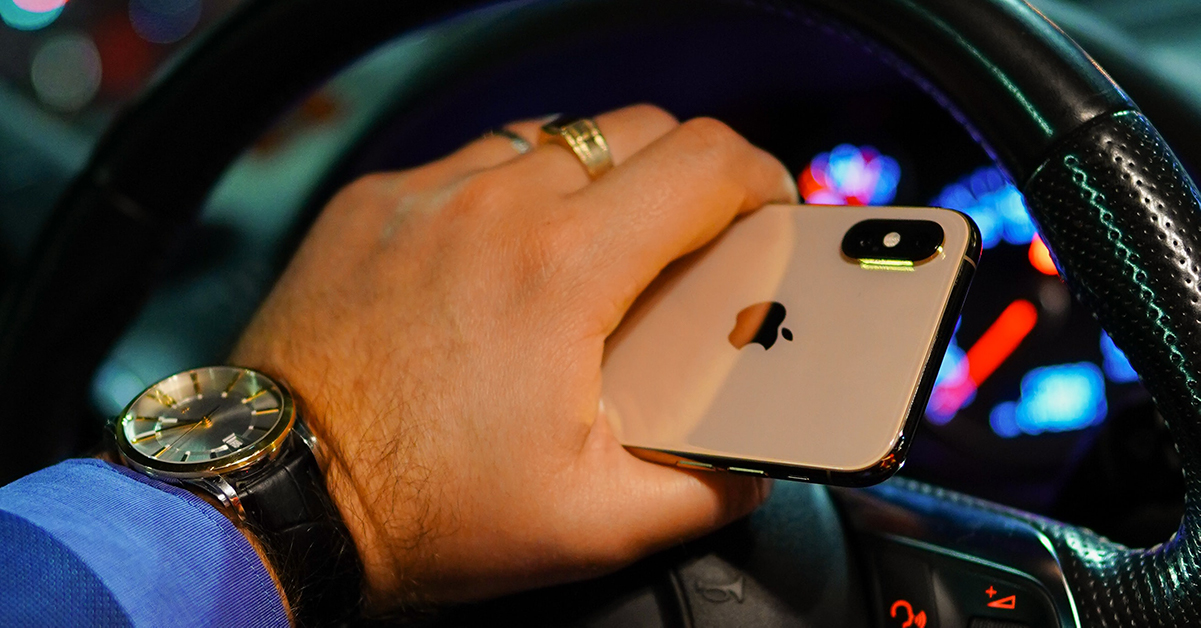April is Distracted Driving Awareness Month. How much do you and your employees know about distracted driving?
Q1: A screen built into a vehicle’s dashboard is always safe to use while driving.
No. Manufacturers build infotainment centers into vehicles because they think their customers want the convenience of talking, texting, entertainment and even shopping built right into the dashboard. However, any task that takes the driver’s eyes, hand or mind off the road is potentially dangerous, even interacting with a dashboard touchscreen.
Q2: If my boss calls or texts me when I’m driving, my safest action is:
Pulling over and parking before returning a call or answering a text. Your top priority is to arrive safely at your destination. Always pull over and park safely before checking or returning messages. To avoid the temptation of responding, silence your phone or turn it off before hitting the road so you are focused on your drive. Calling or sending a text at a stoplight or stop sign seems safe, but your mind is actually still distracted from what is going on around you. Even if you finish that call or text before traffic starts flowing again, your mind stays distracted for a while by the call or text you just finished.
Q3: I can safely use my phone, change a music playlist or program my GPS when driving in light traffic.
No. Unexpected things can happen under any circumstances. At 55 mph, a vehicle travels 100 yards in just 4 seconds – the length of a football field. Just looking away from the road for that short time could cause you to drift into another lane, miss seeing a pedestrian or tire-changer on the side of the road, or hit a pothole that causes your vehicle to veer suddenly.
Q4: Which of these tasks are safe to do while driving?
None of the above. Talking on the phone, either handheld or hands-free, using voice-to-text or interacting with your touchscreen or in-vehicle electronics are all highly distracting. They require you to take your eyes off the road, a hand off the wheel and, worst of all, your mind off the important task of driving.
Q5: Talking to passengers while you are driving is less distracting than talking to someone on the phone.
Yes. Passengers can see the same roadway obstacles the driver sees, and they can even help point out potential hazards. The person on the other end of the phone can’t see when traffic is bad or a pedestrian steps out between parked cars; they keep talking and expect you to keep talking as well. Once again, we see it’s safer not to talk on the phone while driving.
Multitasking is dangerous, so do the right things to keep yourself and everyone else safe on our roads. Silence or turn off your phone and other devices before you put your vehicle in gear. Keep your eyes on the road, your hands on the wheel and your mind on your drive. Your life is more valuable than any call or text.



